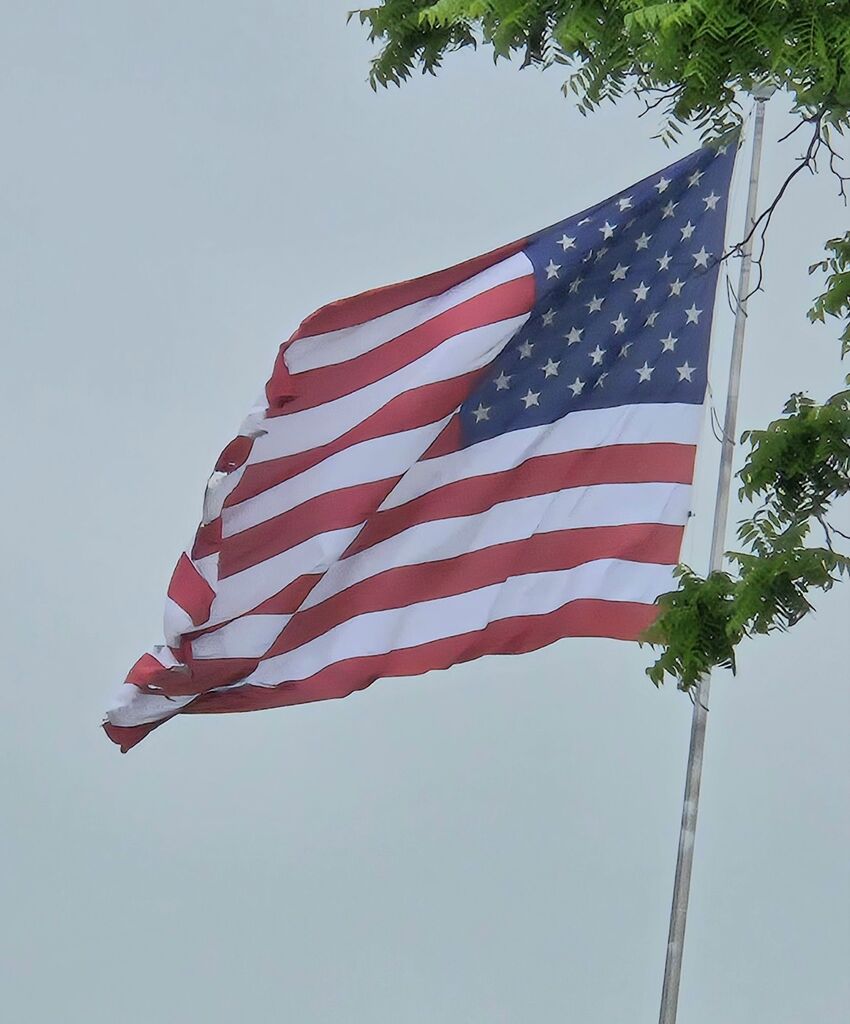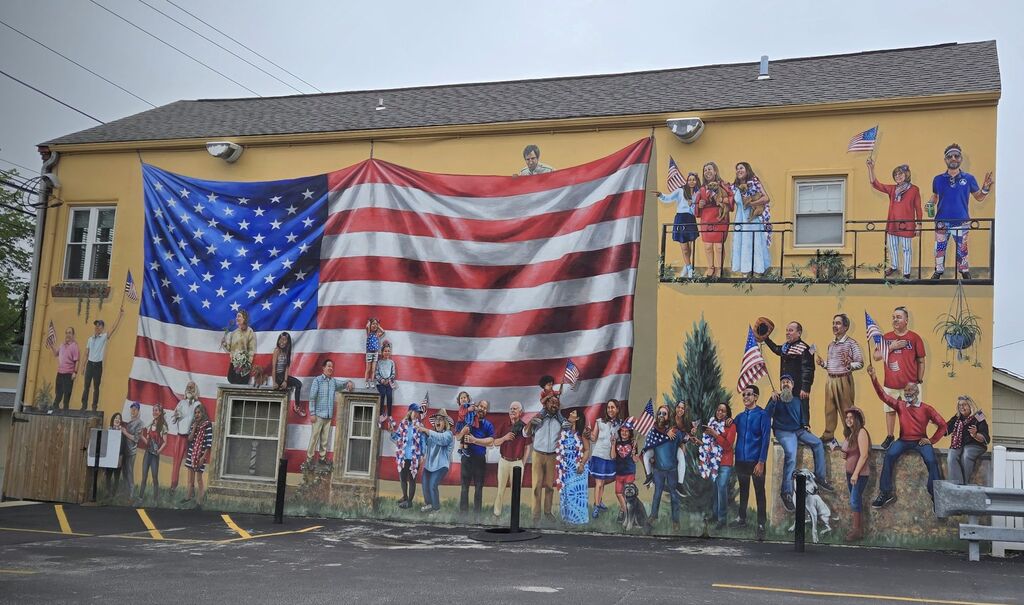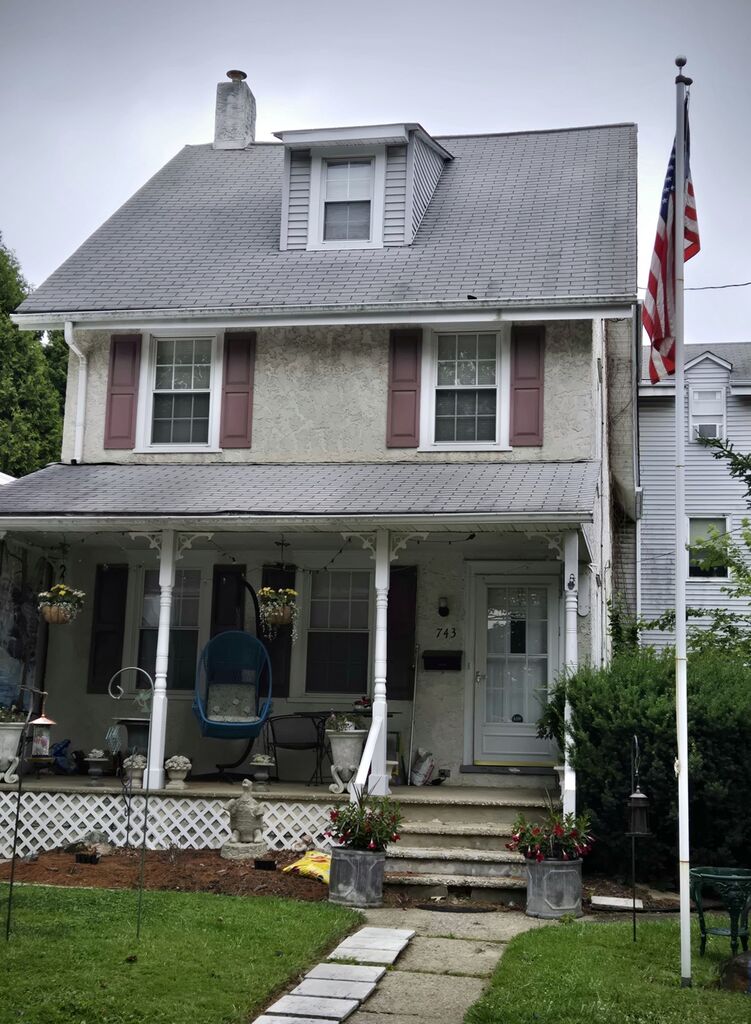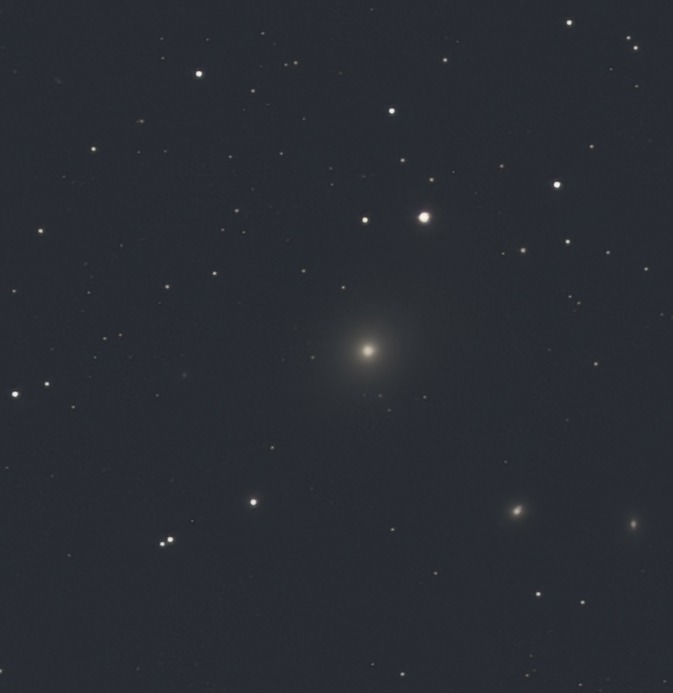Happy Fourth of July! Here is a quick timelapse of the local fireworks.
Check out my neighbors flying their flags.






My cabin rental at Linn Run State Park made for a special midweek escape. The rustic cabins provide beds, a kitchen table with benches, refrigerator, microwave, oven, a ceiling fan, woodstove and other amenities. There is no running water but bathrooms and a laundry and dishwashing area are nearby. The park does have one modern cabin with a bathroom.
Rustic cabins in the state parks are my favorite. These are particulalry lovely with their streamside setting. The rushing water will lull you to sleep at night.







The best part of any cabin is the outside.






Linn Run State Park is located on Laurel Mountain near Ligonier. The 612-acre park is a scenic place for picnicking, hiking, and cabin rentals. Grove Run and Rock Run join to make Linn Run, an excellent trout stream. A lovely waterfall, Adam Falls, is a scenic spot nearby the picnic area.
I had visited the park a few years ago and knew that I wanted to return. I rented a cabin, and this will be featured in a later post. The park borders the 50.000 acre Forbes State Forest and a section of Laurel Ridge State Park. The varied topography and mixed hardwood and evergreen forest are beautiful any time of year.






Galaxy season continues. May was a mixed bag for imaging for the Hubble Challenge. Some targets proved quite challenging, and it was difficult to get any decent amount of exposure time to produce something that wasn’t a bleary smudge. The best of the rest are featured here. More information on the challenge can be found on the Pennsylvania Night Sky page.
Our first subject is the Whirlpool Galaxy, also known as Messier 51a (M51a) or NGC 5194, an interacting grand-design spiral galaxy. It lies in the constellation Canes Venatici, and was the first galaxy to be classified as a spiral galaxy. It is 31 million lightyears (9.5 megaparsecs/Mpc) away and 23.58 kiloparsecs (76,900 ly) in diameter.
The galaxy and its companion, the dwarf galaxy NGC 5195, are interacting with each other. They are easily observed, and the two galaxies may even be seen with binoculars under the right conditions. The Whirlpool Galaxy has been extensively observed by professional astronomers, who study it and its pair with dwarf galaxy NGC 5195 to understand galaxy structure (particularly structure associated with the spiral arms) and galaxy interactions. Its pair with NGC 5195 is among the most famous and relatively close interacting systems, and thus is a favorite subject of galaxy interaction models.
I had a lot more integration time for this shot (about 4 hours). Although it won’t be winning any awards, I am pretty please with this image at this stage of my learning process. Compare the distinct spiral arms of M51 with the other galaxies featured below.

Caldwell 21, also known as NGC 4449, is an irregular Magellanic type galaxy in the constellation Canes Venatici, being located about 13 million light-years away. It was discovered by German-British astronomer William Herschel on 27 April 1788. It is part of the M94 Group or Canes Venatici I Group that is relatively close to the Local Group hosting our Milky Way galaxy. This galaxy is similar in nature to the Milky Way’s satellite galaxy, the Large Magellanic Cloud, though is not as bright nor as large. C21 has a general bar shape, also characteristic of the LMC, with scattered young blue star clusters. The bar shape can be seen in the image.

Caldwell 52 (NGC 4697) is an elliptical galaxy some 40 to 50 million light-years away in the constellation Virgo. It is a member of the NGC 4697 Group, a group of galaxies also containing NGC 4731 and several generally much smaller galaxies. This group is about 55 million light-years away; it is one of the many Virgo II Groups, which form a southern extension of the Virgo Supercluster of galaxies. The distance to NGC 4697 is not known with high precision: measurements vary from 28 to 76 million light-years. According to the NASA Extra-galactic Database, the average is about 38 million light-years; according to SIMBAD, about 50 million light-years.

Messier 87 (also known as NGC 4486) is a supergiant elliptical galaxy in the constellation Virgo that contains several trillion stars. One of the largest and most massive galaxies in the local universe it has a large population of globular clusters, about 15,000 compared with the 150–200 orbiting the Milky Way, and a jet of energetic plasma that originates at the core and extends at least 1,500 parsecs (4,900 light-years). It is one of the brightest radio sources in the sky and a popular target for both amateur and professional astronomers.
The French astronomer Charles Messier discovered M87 in 1781, and cataloged it as a nebula. M87 is about 16.4 million parsecs (53 million light-years) from Earth and is the second-brightest galaxy within the northern Virgo Cluster, having many satellite galaxies. Unlike a disk-shaped spiral galaxy, M87 has no distinctive dust lanes. Instead, it has an almost featureless, ellipsoidal shape (evident below) typical of most giant elliptical galaxies, diminishing in luminosity with distance from the center.

The Airglow Observatory sits atop a ridge on Laurel Mountain Road. It is in a state of poor repair, and there is some dispute as to whether it is abandoned. There is a large dome here for instrumentation. It looks like it was used for astronomical obesrving or weather monitoring.
I drove onto the site to take some pictures. As I was unsure whether I should be there, I did not stay long or look around the back of the building. There are other pictures online which can be found through search. There was no signage that I noticed when I was there, except for what was on the building. There are some antennae and lights on the building, which appear fairly modern and in good repair. The paint on some of the lower windows appears newer.
The building was constructed by the University of Pittsburgh under a NSF grant, with construction beginning in 1965, according to a press release. The purpose of the building was to study the atmosphere of Earth and the other planets, as stated in the release. Airglow is a faint emission of light by a planetary atmosphere. In the case of Earth’s atmosphere, this optical phenomenon causes the night sky never to be completely dark, even after the effects of starlight and diffused sunlight from the far side are removed. This phenomenon originates with self-illuminated gases and has no relationship with Earth’s magnetism or sunspot activity, causing aurorae.




From my stop at Laurel Summit State Park, I headed north toward Route 30 along the ridge of Laurel Mountain. Laurel Summit Road is a good, compacted gravel road and provided some good birdwatching and sightseeing opportunities.





Atop Laurel Ridge at close to 3,000 feet in elevation, Laurel Mountain State Park features a family-oriented downhill skiing area and beautiful views of the Ligonier Valley. Opened in 1939, Laurel Mountain was one of the first ski areas in Pennsylvania and was known as the “ski capital” of the state.
The history of ski areas in Pennsylvania state parks is a checkered one. After closing for business in 2005, Laurel Mountain has been operating again as a ski area since 2016. The ski assets of the park were purchased by Seven Springs Mountain Resort in November 2008 with the goal of reopening the slopes. The are operated under a contract with DCNR by the management of Seven Springs.Seven Springs signed a 10-year lease with DCNR in November 2009. This allowed the ski company to move ahead with plans to renovate and reopen the ski slopes. It was open for the 2024-25 season, and it appears it will be open next season.
Laurel Summit Road brings you out onto Route 30 just before a long downhill section heading west into Laughlintown.

On a trip to western Pennsylvania, I had the opportunity to revisit Laurel Summit State Park, one of the state’s smallest park. The park provides picnic and hiking opportunities and access to the Wolf Rocks Trail, the Spruce Flats Bog Trail, and the Laural Higlands Hiking Trail. I was there primarily for birwatching in mid-May, during the Spring migration. I did well with the bird watching, adding a couple more species to my life list.









It was interesting to see a photography exhibit at the Brandywine Museum of Art. “Robert Frank and Todd Webb: Across America, 1955” ran from February 09, 2025 to May 08, 2025. I made a point of seeing it before it left.
More details about the exhibit can be found at the Museum’s website. In 1955, two photographers, Robert Frank and Todd Webb, received separate fellowships from the Guggenheim Foundation for U.S. survey projects. The exhibit includes over 100 photographs from these fellowships.
This is the type of documentary-like photographic work that I find interesting. Webb stated that he wished to “depict vanishing Americana and what is taking place” – sentiments in line with what I am trying to achieve with this blog. Much of the small town and rural landscape continues to be eaten up by development, and documenting this moment in time is very important.
I ended up recording a lot more of Webb’s work, which is better composed and exposed compared to the grainy, off-kilter work of Frank. Frank’s work is, however, better known and often depicts the grittier side of American life. Webb’s work has more of a nostalgic, Rockwell-like feel. The works encompass photos from Portland, Maine to New York City to San Francisco and everywhere in between. I was pleasantly surprised to find several work depicting Pennsylvania by Webb. If you can find a catalog, several other shots taken in the state are included.
Apologies for the light blub reflections here. I am still getting used to some new photo processing software. I have just done some cropping and straightening of camera phone photos.







Now, for some fun. Here are some of my favorite pieces from the Museum.


Welcome to this month’s post for the Hubble 35th Anniversary Challenge. More information about the challenge can be found on the Pennsylvania Night Sky page (link in the upper right).
I successfully submitted for a Silver Certificate for this challenge for February and March. Spring is known as “Galaxy Season,” and here are several examples for April. (The galaxies are the bigger fuzzy blobs, in case you can’t tell.)
Messier 65 and 66 are galaxies which are part of a group known as the Leo Triplet. M66 is on left in this photo, and M65 is on the right. They are both spiral galaxies. This small group is about 35 million light-years away from our solar system in the constellation Leo. The group also contains NGC 3628, which is not pictured here..

NGC 3115 (also called the Spindle Galaxy or Caldwell 53) is a field lenticular galaxy in the constellation Sextans. The galaxy was discovered by William Herschel on February 22, 1787. At about 32 million light-years away from Earth, it is several times bigger than the Milky Way. It is a lenticular galaxy because it contains a disk and a central bulge of stars, but without a detectable spiral pattern. NGC 3115 is seen almost exactly edge-on, and it is believed to contain a supermassive black hole in its center.

Messier 95 and 96 are a pairing of spiral galaxies lying under a degree apart at the center of Leo. They are remarkably similar in size and brightness, with Messier 96 (NGC 3368), about 31 million light-years away, being marginally the brighter than Messier 95 (NGC 3351). M95 is slightly larger and about 33 million light-years away. M96 is a spiral galaxy, while M95 sports a central bar.

NGC 3632 (also known as Caldwell 40 and NGC 3626) is an unbarred lenticular galaxy also in the constellation Leo. It was discovered by William Herschel, on 14 March 1784. The galaxy belongs to the NGC 3607 group and is some 70 million light-years away.

Finally, for something different, we have NGC 3242 (also known as Caldwell 59), a planetary nebula located in the constellation Hydra. William Herschel discovered the nebula on February 7, 1785. John Herschel also observed it from the Cape of Good Hope, South Africa, in the 1830s. This planetary nebula is most frequently called the Ghost of Jupiter, or Jupiter’s Ghost due to its similar shape to the planet, but it is also sometimes referred to as the Eye Nebula. The nebula measures around two light-years long from end to end, and contains a central white dwarf. The nebula is the round spot in the center with the purplish ring around it.

One of my favorite locations to photograph is along Templin Road in northern Chester County. The area is adjacent to the Thomas P. Bentley Nature Preserve and Warwick Furnace and sits in the valley of the French Creek, South Branch.



This pond has been a favorite subject in the past. Here is a sunset shot from quite a few years ago.


… and a swan from years gone by.